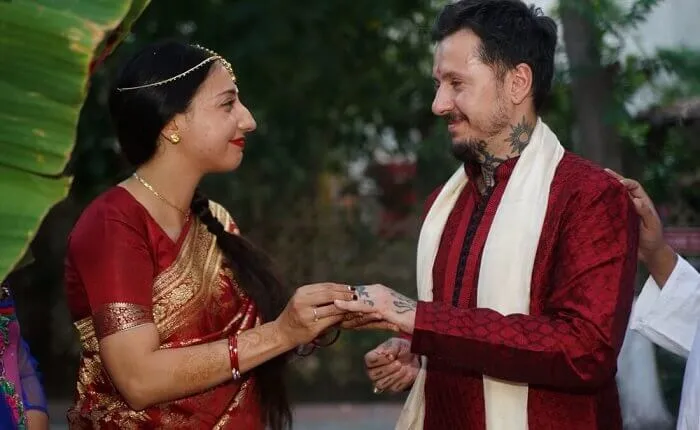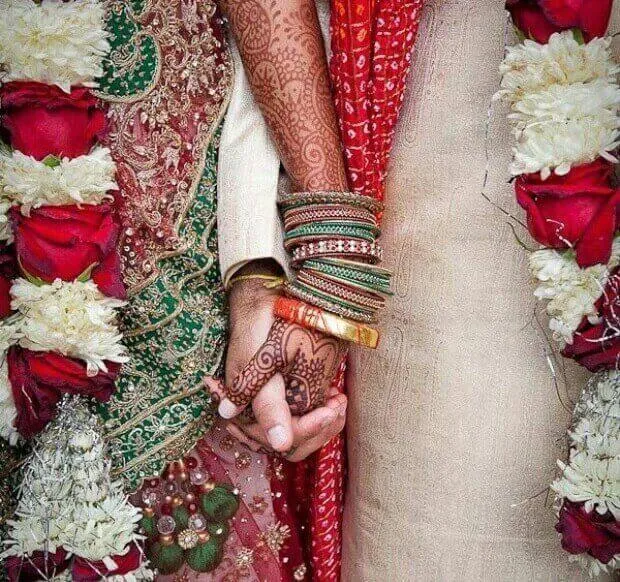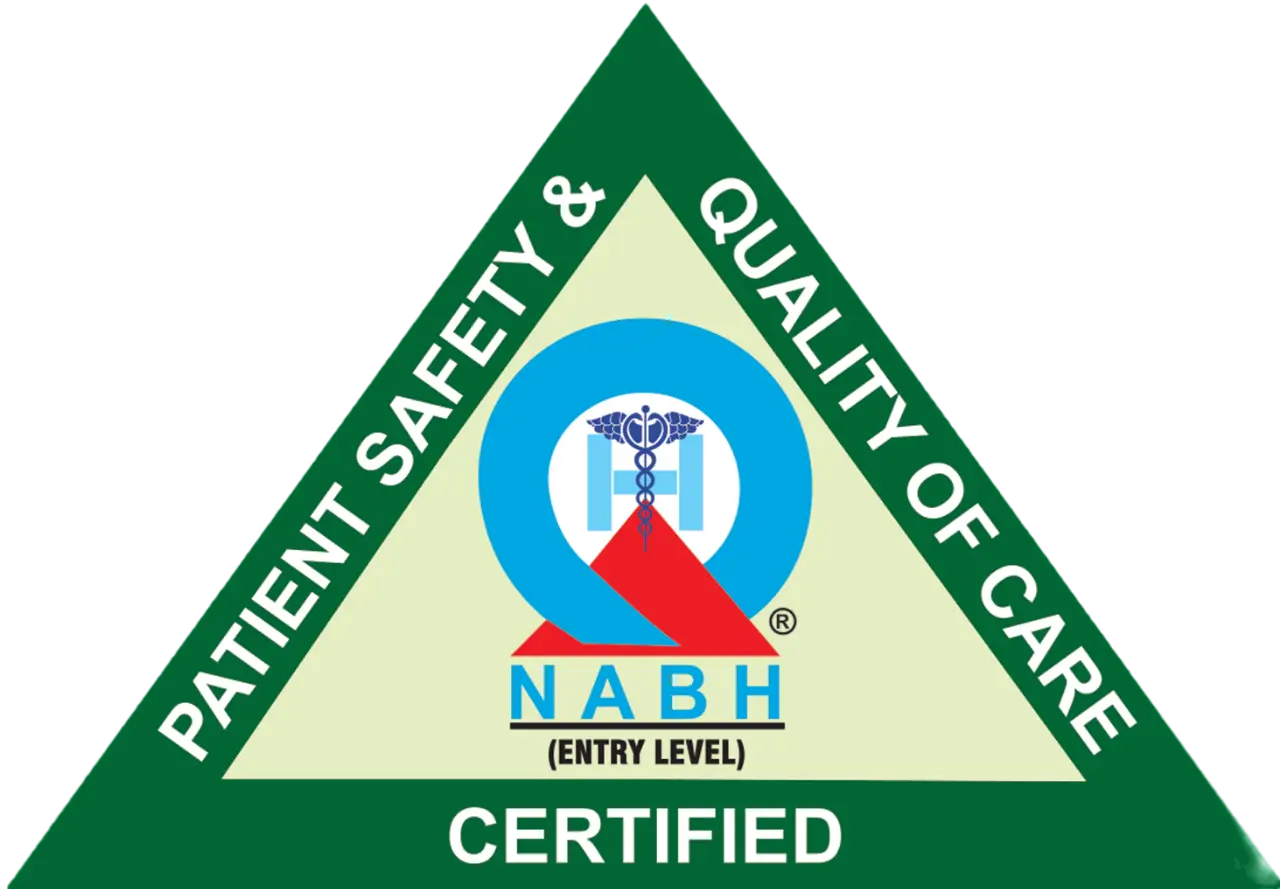Traditional Hindu Wedding Ceremonies at Maa Yoga Ashram in India

The Hindu Wedding Ceremony marks the beginning of a married life, one of the most important phases in one’s life. The couple’s family and friends celebrate this special occasion with great joy and enthusiasm.
At Maa Yoga Ashram, we take pride in organizing and planning authentic Vedic Hindu Marriage ceremonies in the holy city of Rishikesh, India. Our professional event planners take great care in preparing for the ceremony.
We also have experienced priests (pandits) who perform all the Hindu traditional rituals, making the occasion memorable and meaningful for the couple and their families.
Hindu Wedding Ceremony Organizer in India
In Hinduism, marriage is a commitment with deep ethical and moral roots. In Vedic scripture, it is the connection of two souls until they become a harmonious whole.
Marriage is a significant milestone that marks the change from one stage of life, dedicated to education and learning, to the next, devoted to building a household and raising children. It is considered one of the most significant samskaras. Marriage not only unites the bride and groom but also binds both of their families for many generations.
At Maa Yoga Ashram, we organize Vedic Hindu marriage ceremonies with the following holy rituals to make it an auspicious occasion.
Vara Satkaarah
Vara Satkaara is the first part of the ceremony, in which the bride’s family welcomes the groom and his family. The bride’s mother greets the groom by applying a tilak, made with sindoor (vermillion) paste and uncooked rice, on his forehead as a blessing. The bridegroom arrives at the venue in a wedding carriage carried by men.

Madhuparka Ceremony
This ritual involves offering the groom a mixture of honey, curd, and ghee, known as Madhuparka by the bride’s parents, as a symbol of respect. With this ritual, the groom is blessed with everlasting love and good health in his married life.
Kanya Daan
In a Hindu marriage, the ritual Kanya Daan represents giving away one’s daughter to the groom. During this ceremony, the priest recites eight mantras from the Vedas to invoke the blessings of various Gods as the parents give the responsibility of their daughter to the bridegroom.
It involves Homa, a sacred fire ceremony. During this ritual, the couple lights the Agni, a holy fire representing light, power, and knowledge that serves as a witness of the marriage promises taken by the bride and groom. Agni acts as a messenger for their prayers to God.
These are:
Santati:Children
Sampatti:Wealth and Prosperity
Deergha Arogya:Long and Healthy Lives
The bride and groom participate in Achaman and Angasparsha, purifying themselves during the ceremony.
Achaman And Angasparsha
These rituals are performed along with chanting certain mantras. In the Achaman ritual, the bride offers the groom to drink a small amount of water, known as Achaman. This gesture is believed to bring peace of mind.
After this, the Angasparsha ritual takes place, where the groom dips his middle and index finger in water and touches his limbs with them, symbolizing a prayer for physical strength and alertness.Pani-Grahanam
In this ritual, the groom takes the bride’s hand in his as a symbol of accepting her as his wife and promising to protect her and their future children. Furthermore, he pledges to lead an honest life, overcome any challenges that may come their way, and ensure that they live a happy life while pursuing their spiritual goals together.
Shila Arohan
The ritual of Shila Arohan involves the bride stepping on a stone that symbolizes firmness and stability. The bridegroom encourages his bride to be strong and face any challenges together. Friends and family shower rice and flowers on the couple during this ceremony stage.
Homa or Fire Ceremony
In this ritual, the couple presents offerings to the sacred fire. The bride’s brother puts puffed rice in the bride’s hands as an offering to Agni, and as the couple pours the puffed rice into the fire, they pray to God for blessings. They repeat this process three times.
Agni Pradakshina
During this ritual, the couple walks around the sacred fire seven times, known as the Saptapadi or the Seven Steps, to honour the Agni, who is believed to act as the bride’s guardian after the first fourteen years of her life. The groom guides his bride for the first three rounds, seeking God’s blessings and help. The couple promises to take care of their children. Then, in the last round, the bride leads the groom around the sacred fire, promising to live her life according to Dharma and Satya (devotion and truth). Finally, they sit down, with the bride to the groom’s left. The Agni-Pradakshina, along with the Saptapadi, confirms the marriage.
Saubhagya-Chinha
In this ritual, the husband puts a sacred necklace around his wife’s neck, symbolizing their happiness and prosperity. He then applies sindoor (vermilion paste) in the parting of her hair. The priest sprinkles water on the couple, who pray to the sun to lead a meaningful life. The newlywed couple meditate on the Pole Star and the Arundhati Star.
Ashirwad
The last Hindu wedding stage is Ashirwad, where the priest and other elders bless the newlywed couple. After this, the bride’s parents wish their daughter a long and harmonious married life. It symbolizes the end of the wedding ceremony, and the bride officially leaves her parent’s home to start a new life with her husband.
NABH Certification and Cashless Insurance
Maa Yoga Ashram, a unit of Arogyadham, is NABH certified, showcasing our dedication to top-tier healthcare quality and safety. This prestigious certification ensures that our Ayurvedic treatments and holistic wellness programs meet international standards. Trust your health journey with us, backed by our utmost care and professionalism.

Cashless Insurance and Reimbursement Facility
We are pleased to inform you that Arogyadham Rishikesh offers cashless TPA services for Panchakarma and Ayurveda services through the following insurance providers: SBI General Insurance | Bajaj Allianz | Universal Sompo | Cholamandalam MS General Insurance | Ericson Insurance TPA
We also offer reimbursement support for Ayurveda services and treatments covered by all other insurance companies.
This website uses cookies
This website uses only necessary cookies to improve user experience. Read our Privacy Policy.